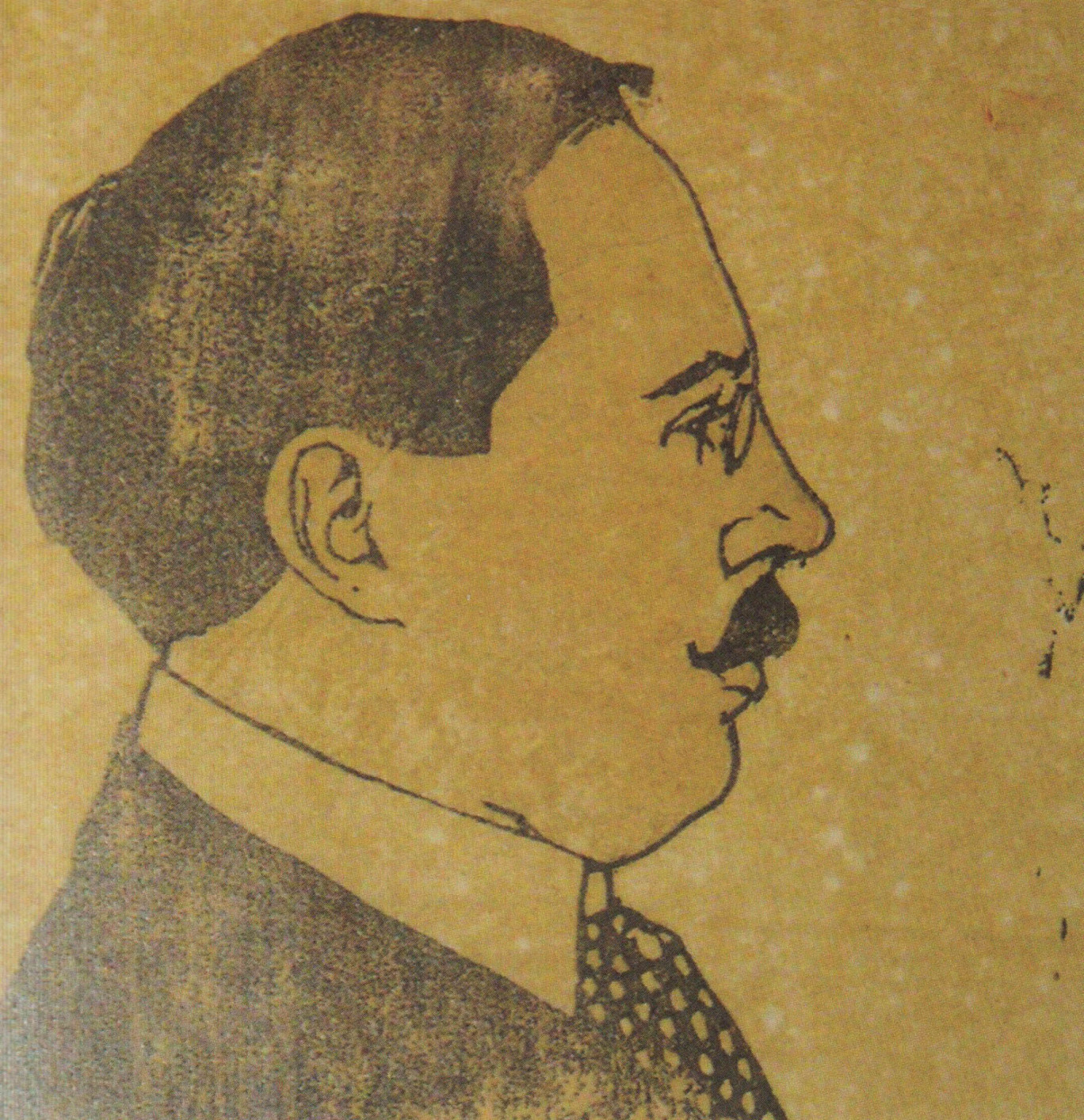The private Josef Hoffmann
Unlike his teacher Otto Wagner (1841–1918), but astoundingly enough very much like his adversary Adolf Loos (1870–1933), Josef Hoffmann (1870–1956) never built or designed a home for himself and his family. Every stage in Otto Wagner’s career right through to “modern architecture” was accompanied by a new design for an apartment of his own or the building of a villa; between 1882 and 1918 he had no fewer than seven domiciles, which he had documented in detailed photographs and on which he published writings. His student Josef Hoffmann, by contrast, showed a conspicuous concern for the protection of his private sphere. Apart from his parents’ house in Brtnice, the refurbishing of which following their passing in 1907 Hoffmann documented in a 1911 issue of the journal Das Interieur, the only Hoffmann domiciles that we know—through published photographs—are: his bachelor apartment at Magdalenenstraße 12 (Das Interieur, 1900), the apartment at Margaretenstraße 5 (Hohe Warte, 1904–1905), and finally the apartment at Neulinggasse 24 (Die moderne Wohnung und ihre Ausstattung, 1905). No interior photographs are known of the Vienna apartments at Paulanergasse 12 and Salesianergasse 33, where he lived from 1924 and from the late 1930s until his death in 1956.
The tenth annual exhibition at the Josef Hoffmann Museum, entitled The Private Josef Hoffmann: “Apartment Tours” enables visitors to go on a tour of interiors where Josef Hoffmann actually lived. It juxtaposes hitherto unexhibited private possessions of Josef Hoffmann’s—sources of inspiration, everyday household items, objects he collected—with contemporary photographs commissioned and set up by Hoffmann or taken by him informally for aide-memoire purposes.
The decoration and furnishings of Hoffmann’s private apartments demonstrate that he was a designer without fear of unfamiliar territory. Photographs of the Hoffmann family’s living quarters contained in a family album donated to the Josef Hoffmann Museum and the municipality of Brtnice by Ann Marie Hoffmann-Beerens (a daughter-in-law) show how different they were from the entirely “through-designed”—in the sense of forming a unified ensemble—apartments and houses Hoffmann created for his patrons. Intimate living versus representative living—a mixture of patterns, styles, and periods versus homogeneity.
For Josef Hoffmann, the private apartment was a laboratory for experiments, a place for remembering, and a source of identity. As his assistant and first biographer Leopold Kleiner noted in a manuscript: “We, his students, were entirely in the dark about his private life.”
The Austro-Czech architectural critic and journalist Jan Tabor described Hoffmann’s design for the parental home in Brtnice/Pirnitz as a “retreat from his own artificiality.” Hoffmann himself expressed his positions on interior design in such writings as the early essay “Einfache Möbel” [Simple furniture] (Das Interieur II, 1901), illustrated with designs very similar to furnishings he had in his own apartment, and the article “Neues Wohnen” [New living] (Neue Freie Presse, 1936). That Hoffmann’s ideas on home design are still relevant today is shown by objects and interventions created by contemporary designers as reactions to Hoffmann’s style.
